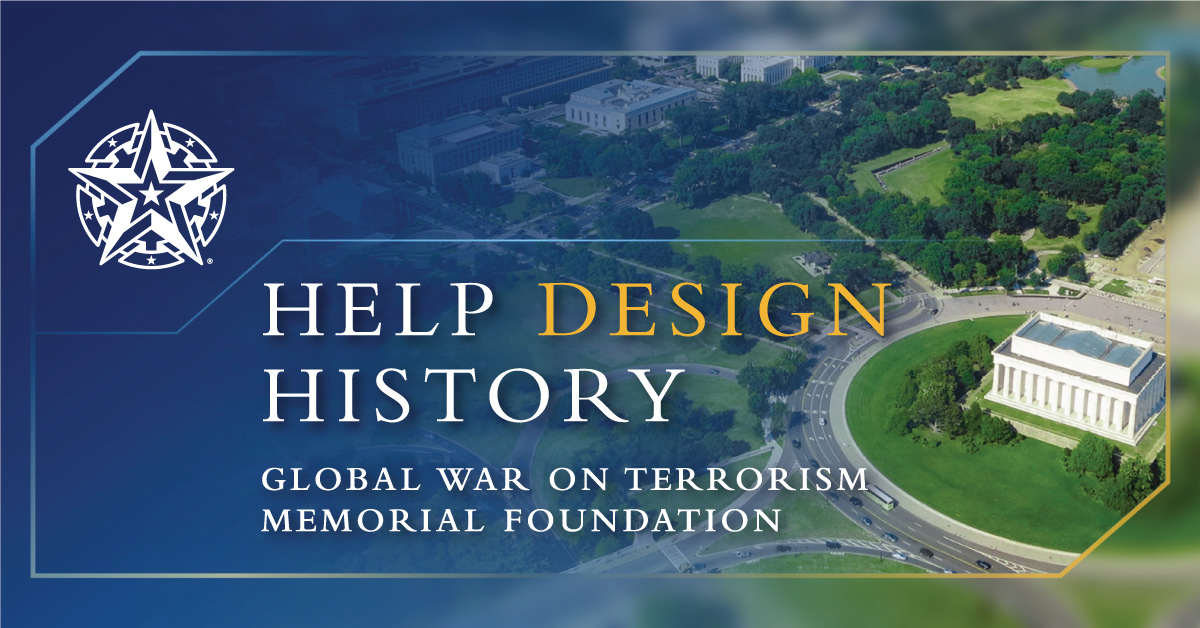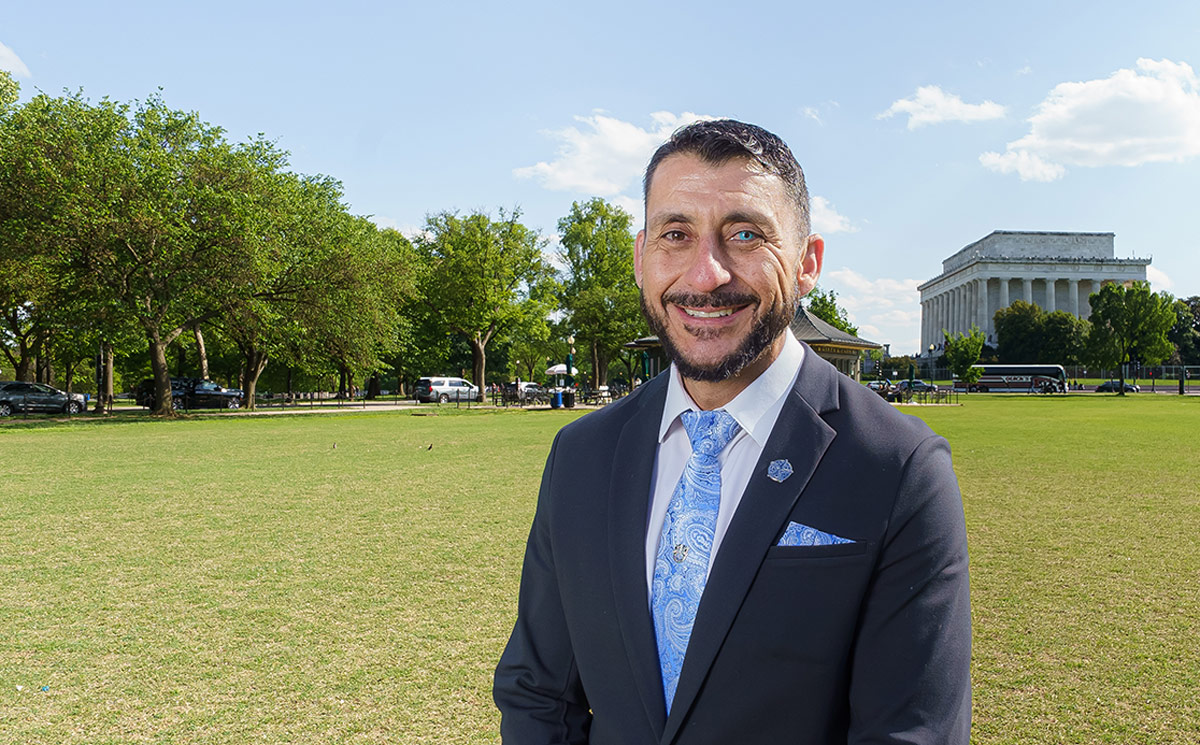
By How Miller
Michael “Rod” Rodriguez, pictured at right, a retired Green Beret with 10 tours in the sandbox, joined, and is now in charge of, the Global War on Terrorism Memorial Foundation (GWOTMF). Recent accomplishments of the team, with help from many other participants, have been U.S. Congressional authorization to place a memorial in the Reserve Area of the National Mall in Washington D.C. and a Congressionally approved prime location, near the Lincoln Memorial and adjacent to the Vietnam War Memorial (the Wall). They also authorized an architect/designer, 2020 AIA Gold Medal winner, Marlon Blackwell to be in charge of the design. Actual completion of the monument could be in the four-to-six year range. The memorial will be funded entirely by donations.
A very important part of the mission is to make sure that it reflects the desires of both the participants and their loved ones, along with the public. They want our input. Please tell them what you would like to see the memorial look like. There is an online survey found at GWOTMF.org/helpdesignhistory/.
The cutoff for public participation is at the end of 2023. However, for the SFA, the deadline has now been extended to 31 January, 2024.

Michael "Rod" Rodriguez
In a telephone interview, Rod told me of his hopes for the memorial. First, he wanted to memorialize the men and women who gave so much of themselves, especially the 45 people he personally knew who never came back. Next he wanted to portray the changing face of war. For example, so many people, dressed just like you, were working side by side with you. They could be contracted civilians or members of other government agencies, such as the CIA, the FBI, USAID and others. In fact, the first American KIA in Afghanistan was Mike Spann who, though he had previous military experience, was a CIA operative, dying while confronting an Al Qaeda prisoner uprising at Qala-i-Janghi prison near Mazar-i-Sharif early in the war. The ratio of military to civilians was about one to one, while In WWII very few civilians were in theatre.
At the same time, the percentage of the U.S. population that actively defends the country against its enemies has been gradually dropping since WWII (11%) to now where only 1 % of the population is needed to defend us. For Rod, that is a point of pride in how well we do our job with the training, technology, and support available now. Especially since Rod is part of a multi-generational military family, from his grandfather in WWII, his father in Vietnam, Rod and his wife in Afghanistan, and his son in Afghanistan with the 82nd airborne division patrolling the same turf Rod did.
So one of his goals is to close the gap between civilians and those who protect them, through remembrance , healing and education.
During a network interview, Rod was asked for the first time if he thought we would win the war.
He had to pause and think for a moment and said that, to him, seeing girls going to school, kids playing in the streets, and citizens enjoying the fruits of freedom, he felt that we were winning the war for however long that would last.
I encourage you to see the seven-minute video of Rod emotionally and eloquently explaining the struggle so far and what his personal hopes are for the memorial at https://youtu.be/xdnBkXwMyYI?si=RWQOaDjjTfXzfpxs.
Remember to have your say before 1/31/2024 at
GWOTMF.org/helpdesignhistory/
Leave A Comment